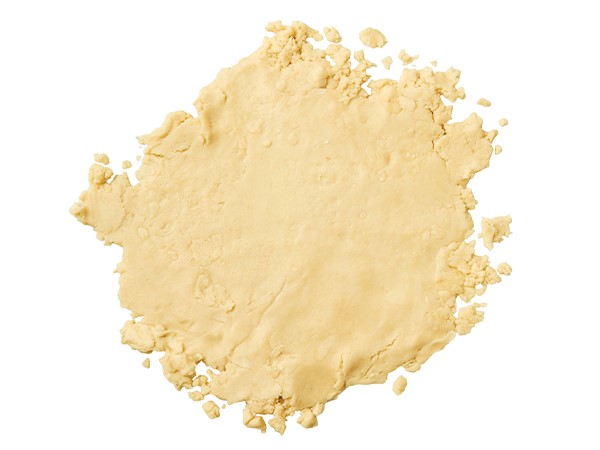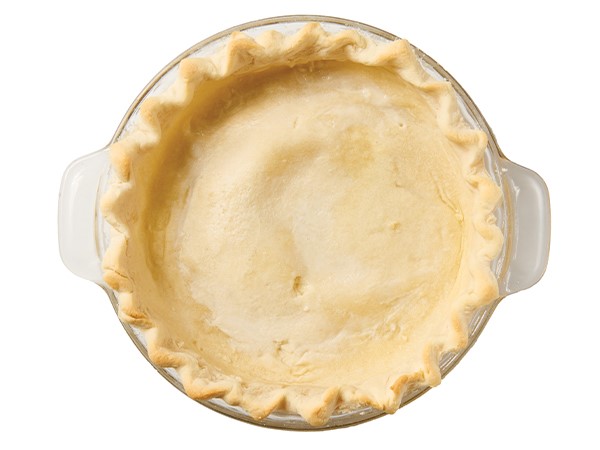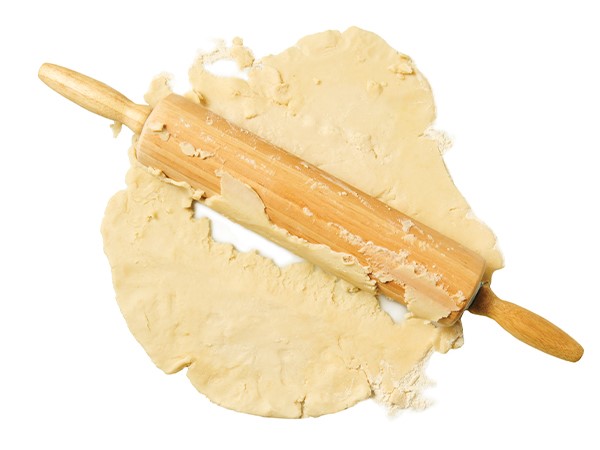Description
Whether it's your first time making pie crust, or you're just running into issues, we've got you covered with these 6 pie crust solutions. Have you ever had sticky pie dough? Or, maybe even a soggy pie crust? What about crumbly dough? We've got answers to all your pie problems. For this test, we used one recipe (the crust from our Easy Apple Pie) to troubleshoot common problems with finicky pie crust.
The first (and most important) trick we discovered to making a beautiful, flaky pie crust from scratch is to keep everything cold. Tiny pieces of fat (cold butter or shortening) in the pie crust dough steam in the oven, leaving behind pockets of air and an ultra-flaky crust. Chilled dough rolls out more evenly without sticking or tearing. If the fat or the dough isn't cold enough when you start working with it, chill it quickly in the freezer for 10 minutes.
If that doesn't solve your problems, check out these other solutions!
Looking for more tricks for baking classic cookies, cakes, breads, and more? Check out the digital edition of Seasons Magazine!
Sticky Dough

If the dough is too wet and sticks to the counter as you roll it, dust your work space with more flour or roll the dough on waxed or parchment paper.
Crumbly Dough

Not enough moisture causes dough to break apart, especially when you transfer it to the pan. To resolve, gradually add more water until the dough just holds together. Adding too much water will make the pie crust tough.
Soggy Baked Crust

Trapped moisture causes sogginess. Prick the bottom crust before adding the filling and cut a vent in the top crust to let moisture escape.
Crumbly Baked Crust

Slicing the pie while it's still hot can cause the filling to run and the crust to fall apart; let the pie cool for at least one hour before slicing.
Pale Baked Crust

Dough that's too thick or baked at a low temperature will be underbaked and pale. Roll the dough to about 1/8-inch thick, and bake at the temperature listed in the recipe.
Watery Filling

If the fruit filling is runny, make sure the thickener (usually corn starch or flour) is evenly distributed throughout the filling. Toss corn starch with sugar to prevent clumping.

